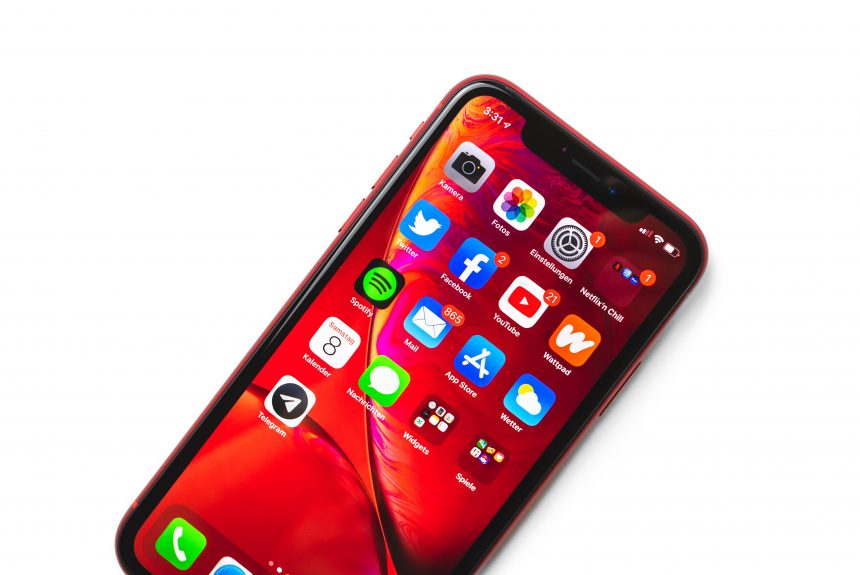In a fast-paced world of ours, brand experts and marketers are trying various ways such as Push notification and SMS in reaching their market. It’s a necessary recourse to incite interest, engage the target audience to ultimately lead to conversion. Meanwhile, brand strategists, communications analysts, brand managers et al, face the stark reality of the current meagre attention span of internet users. Attention span is said to be pegged at an all-time low of 8 seconds. And with a wide array of options that marketers leverage to reach their audience, we want to compare two mobile marketing strategies that are low-cost yet efficient: Push Notifications and SMS Marketing. Understanding the pros and limitations of these strategies will help you decide on which to employ, to scale-up your brand.
Meanwhile, while both Push Notifications and SMS appear on the mobile screen as a pop-up and allows you to reach out directly to your customers, there are fundamental differences between SMS Marketing vs Push Notification.
Let’s have a quick peek.
Push Notification
Push Notifications allows you to deliver messages to the user’s home screen. It’s like an SMS message, but coming from an app instead of a phone contact. Traditionally, push notifications were solely text. Today, rich push notifications let mobile marketers include text as well as images, video, and sound. Great for prompting immediate interaction and engaging users not currently active in your app. Push messaging also directs attention to the desired action. With apps taking over a huge share of business volumes and revenues across industries such as BFSI, retail, travel, media, food delivery, and hyperlocal services; mobile marketing has predictably become the core focus area of marketing strategies.
It’s worthy of note that you cannot send push notifications to your app users unless they have opted to receive them. Push Notification is also not only text complaint, but can also be enhanced using rich elements – GIFs, emojis, images, audio, video, and CTAs.
SMS Marketing
SMS has always had the advantage of being a familiar communication channel for mobile users. And if you are looking to communicate with a broad, horizontal target audience, consider SMS. Hence you’re sure of a wider audience. They are also valuable for sending urgent messages with external information unrelated to an app.
Besides, SMS associates itself more with the one-size-fits-all marketing blast. That’s like trawling the ocean with a net, hoping to catch a fish big enough to keep. While nearly everyone owns at least one smartphone these days, there are still those who use old phones. For these customers, SMS is the only way of getting in touch with them. Or, for owners of smart devices who don’t have frequent access to the internet to download your apps.
SMS can be a sure way of reaching out to them.
Furthermore, SMS also has a much higher click rate than push notifications. With users reading 90% of text messages within 3 minutes of delivery. While this stat is quite incredible, industry reports show an average 4% click-through rate of SMS across all verticals. However, it is common to have 5% of your audience opt-out for SMS. Apps. often use SMS to alert customers when their delivery is ready, or when a recent order has been confirmed. For example, Uber sends text messages when a driver accepts your ride request. They also alert users via SMS when their drivers are nearby, keeping the user in the loop in real-time. SMS can often pair with mobile apps, as they can convey an invitation to download an app along with a deep link or discount code to ease the process along.
The difference is in the audience
Ultimately, the two messaging platforms serve different audiences.
If a company is trying to improve targeted communication with existing customers within their app, push notification is the best option.
Understanding the difference in how these messaging platforms work will make all the difference when it comes to making smart decisions about whether or not to dive into app technology, and mobile marketing strategy overall.

